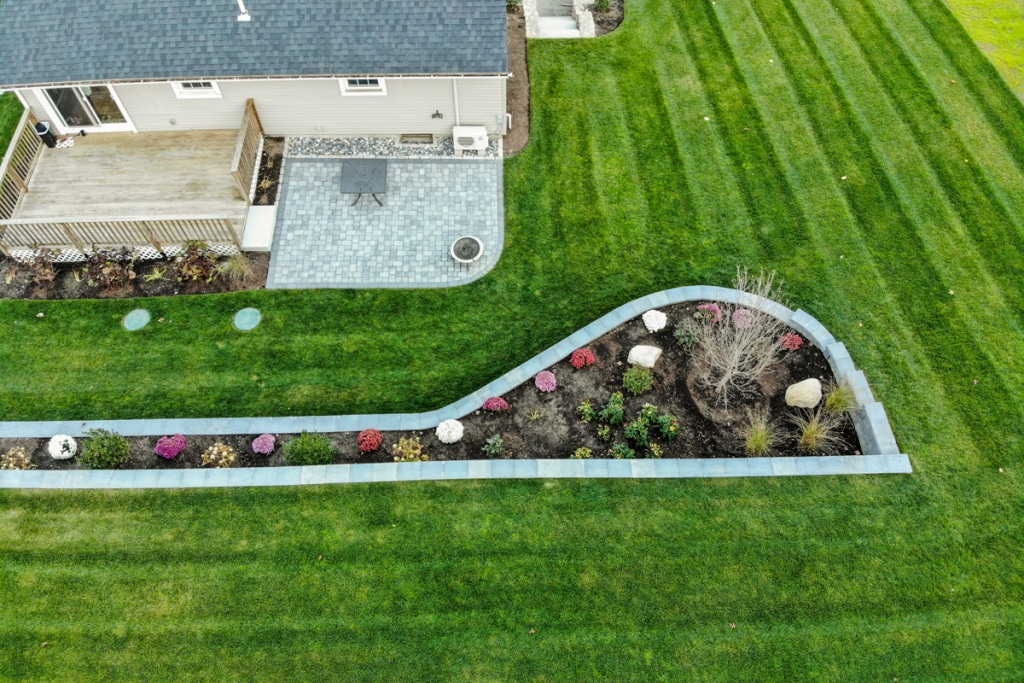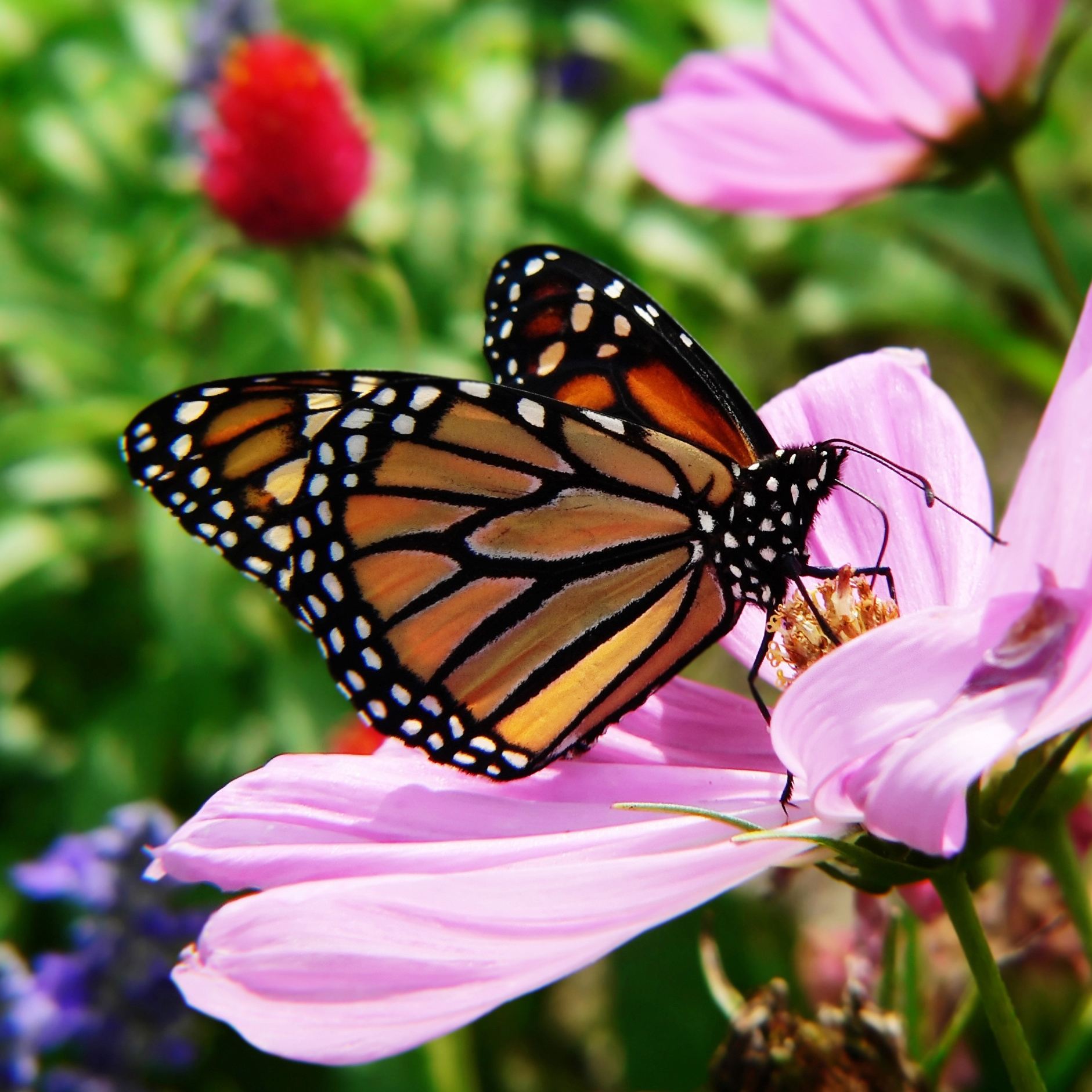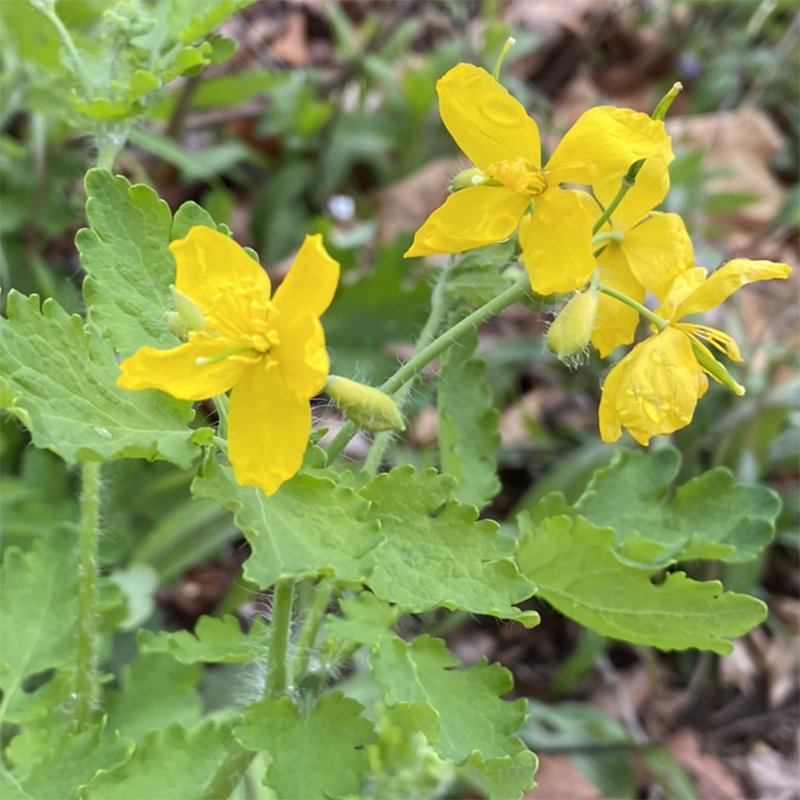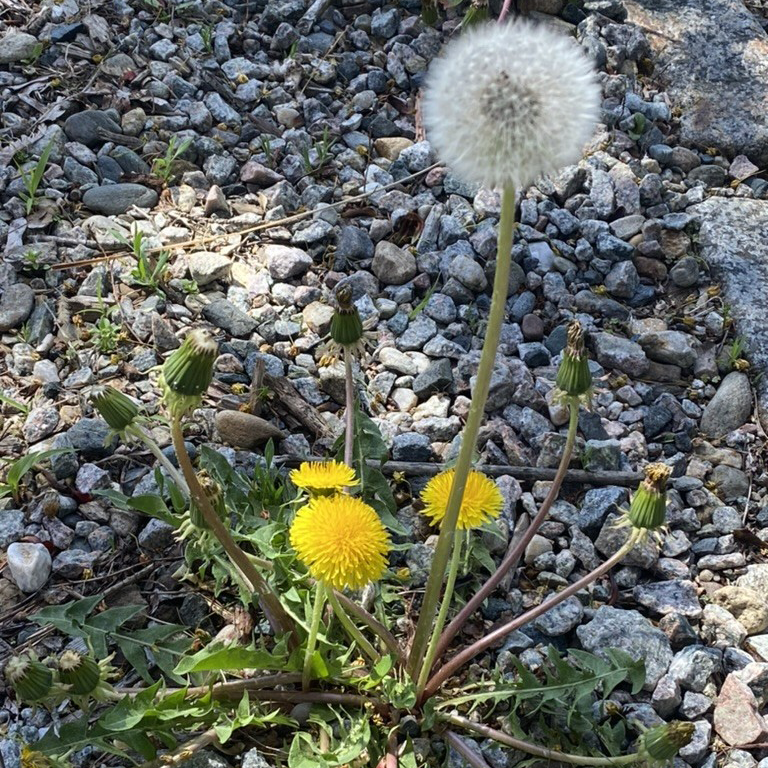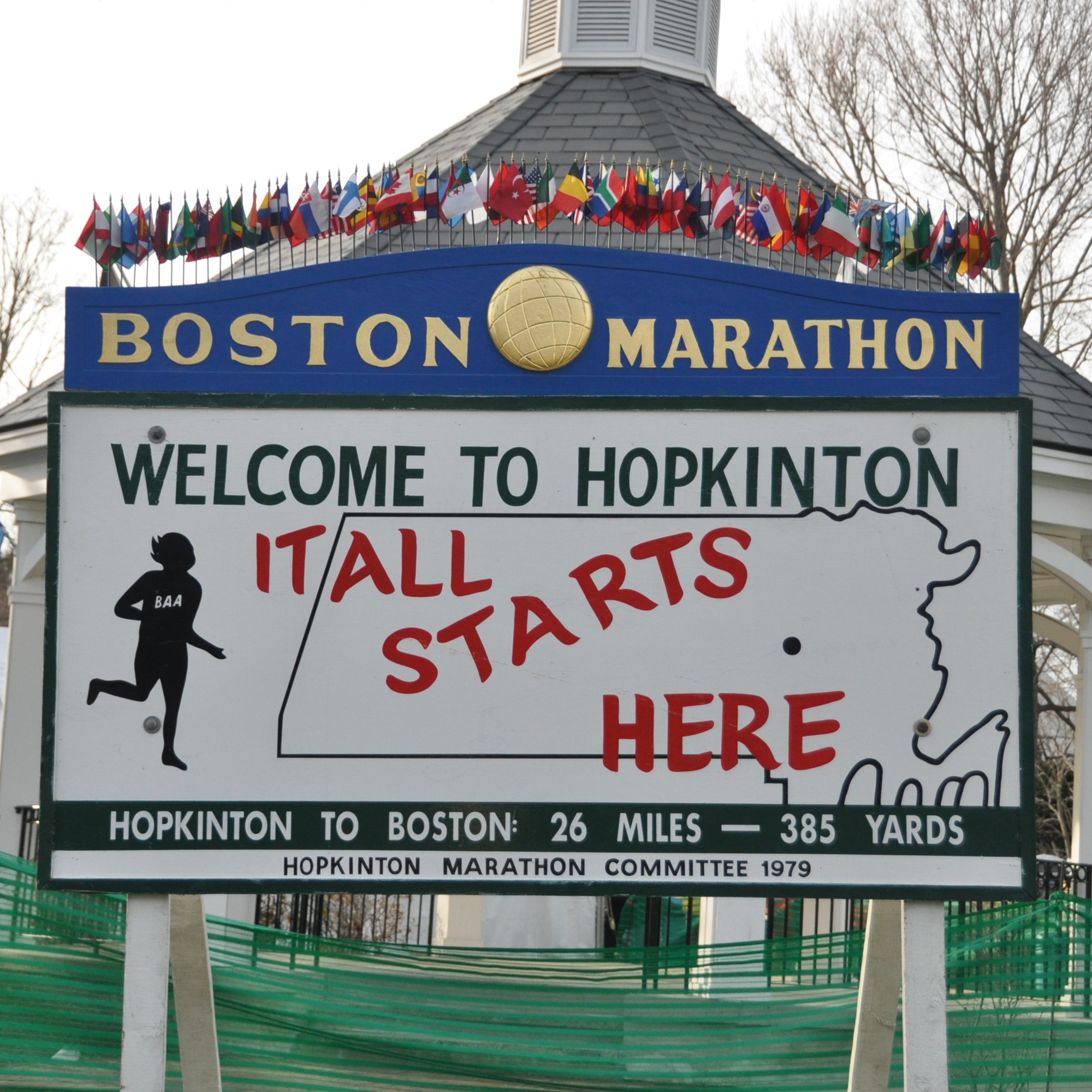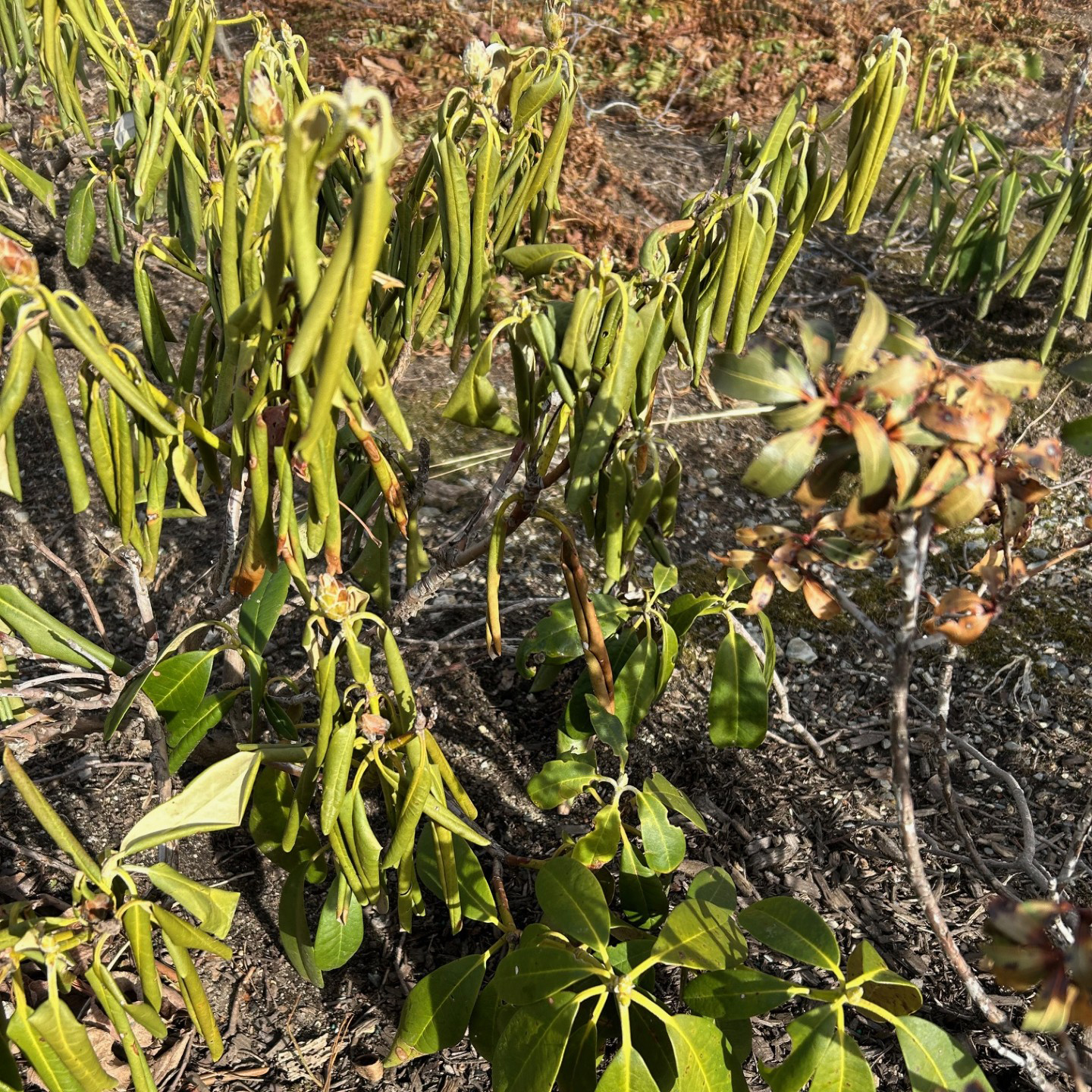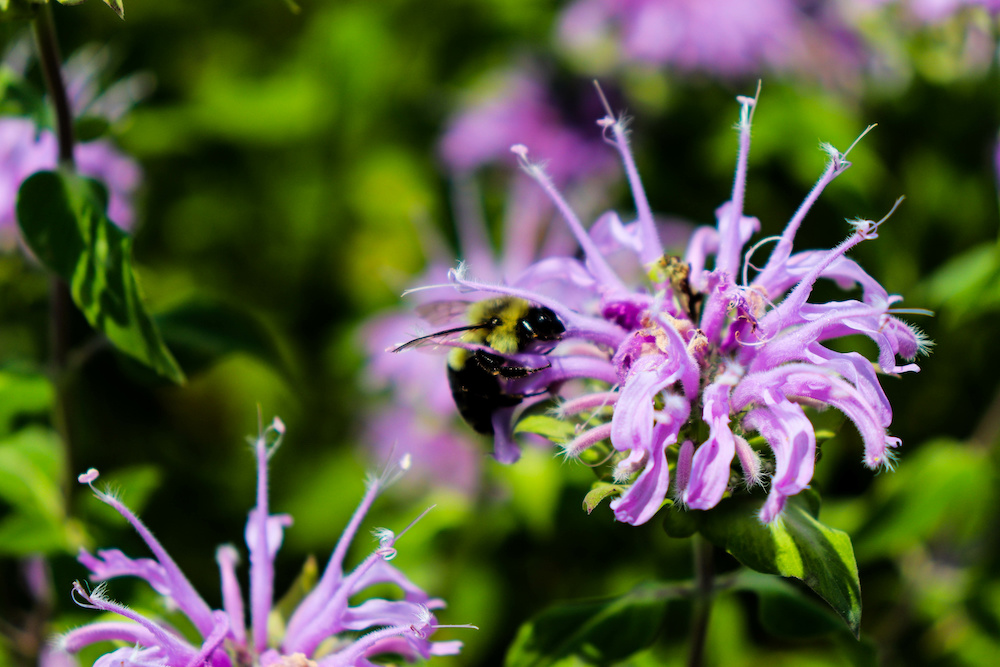
The term for the area between the street and the sidewalk, the hell strip is one of the hardest areas to plant. Salt, sand, and slush in the winter, brutal heat in the summer and a constant barrage of pet waste, plants in this area need to be tough. This mix is not only tough but it looks beautiful. You are sure to be the envy of the neighborhood and friend to many passing pollinators with this colorful hardy display.
The Garden Design
How To Use Our Garden Design Guidelines:
Each one of our Native Garden Design Guidelines is designed for 100 square foot area. Feel free to multiply the number of plants as many times as needed to fill your space. The suggested placement and number of plants for each area appear as circles on the design. While the color and structure of each plant appear as a silhouette on the side view of the garden. These gardens can be combined as well to help achieve your garden goals. For example; the pollinator powerhouse garden and the hummingbird garden can be combined to create a display of bright blooms and equally colorful visitors.
To view more Native Garden Designs, please visit www.WestonNurseries.com/natives

